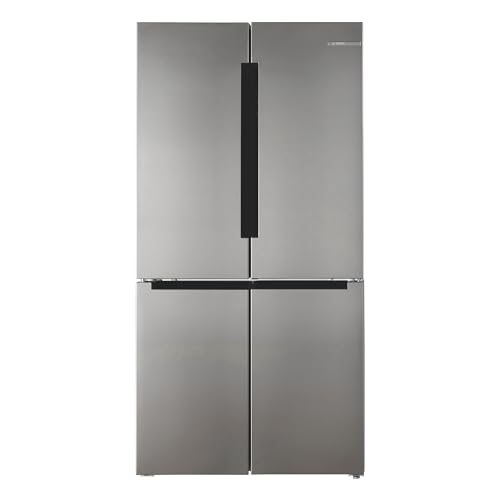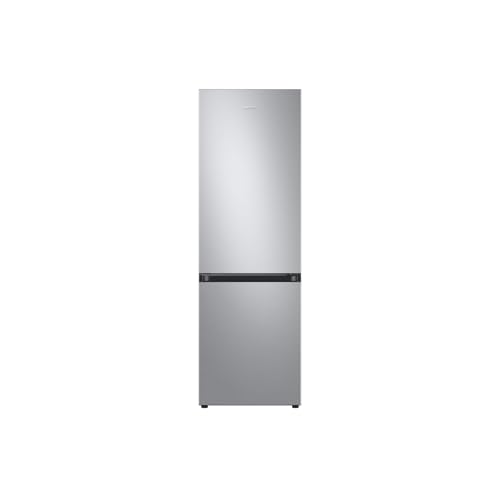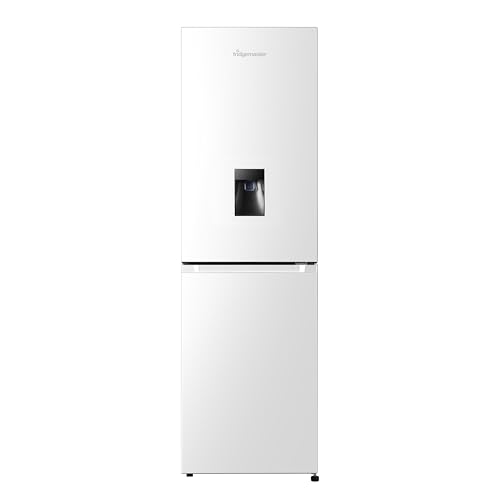What temperature should a fridge be? How to run your appliance more efficiently
Fast, easy and effective ways to adjust your fridge and freezer for lower energy bills and improved efficiency all year round
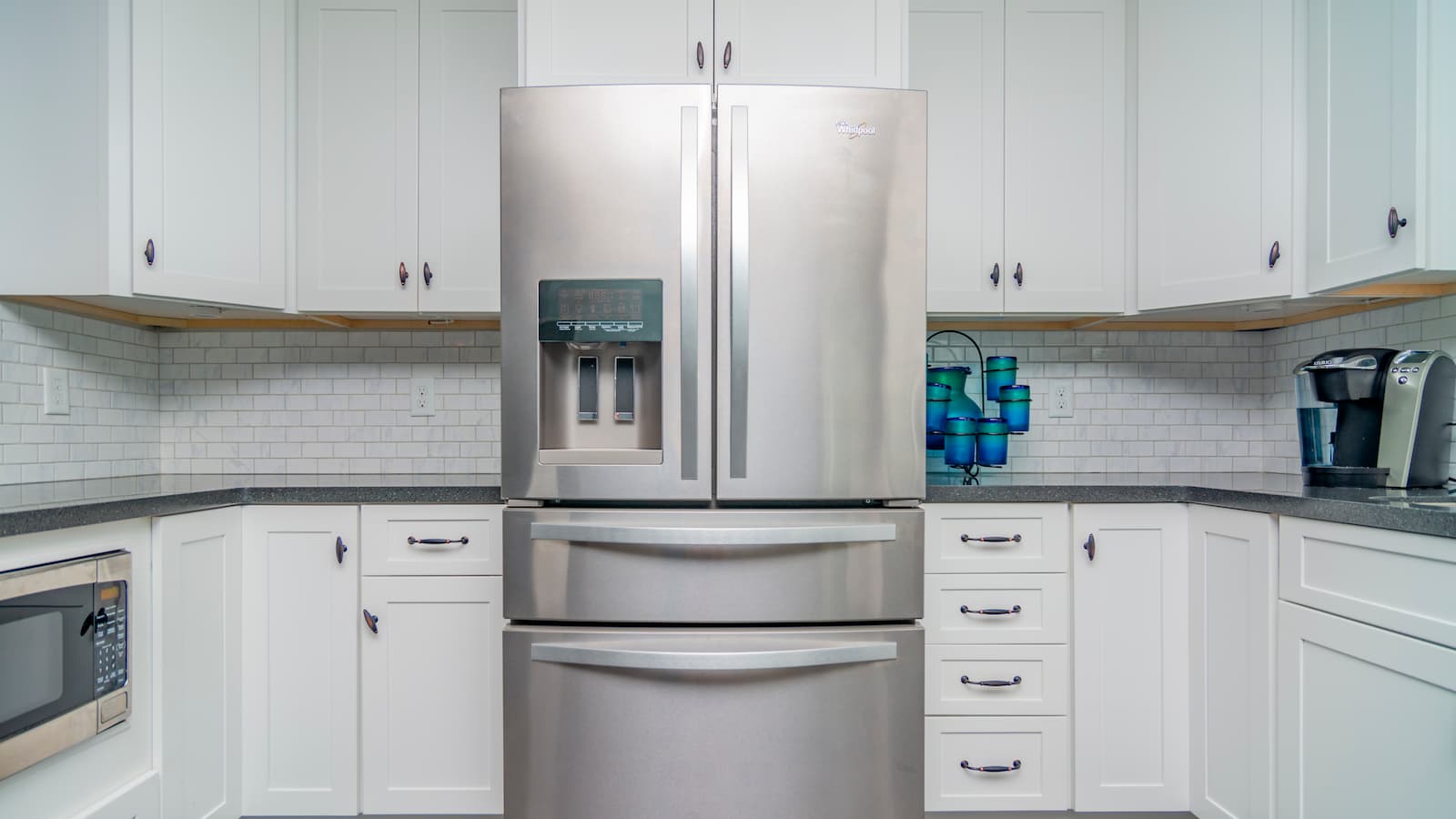
As energy costs continue to rise, many households are looking for ways to reduce their consumption and save money.
One of the easiest and most effective changes you can make is adjusting the settings on your kitchen appliances, particularly on your fridge.
Small temperature tweaks and proper maintenance can have a significant impact on your energy bills, without sacrificing food safety or freshness.
What temperature should a fridge be?
Energy experts recommend setting your fridge temperature between 4 to 7°C and your freezer to -18°C for optimal energy efficiency.
"Setting your fridge to between 4 and 7°C and your freezer to -18°C is the perfect balance between food safety and energy efficiency," explains Katie Louise Chee, Eco Manager at the Grant Store, specialists in heating and electrical appliances.
"At these temperatures, your appliances won’t have to overwork, reducing electricity consumption of your fridge while keeping your food fresh." This simple adjustment can make a noticeable difference in your energy costs throughout the year.
If you want to know how energy-efficient your fridge is, you can check the energy rating for appliances label.

Katie helps provide advice on making electrical equipment more efficient for households. Katie has a growing expertise in home appliances for the Grant Store who are experts in heating and electrical appliances.
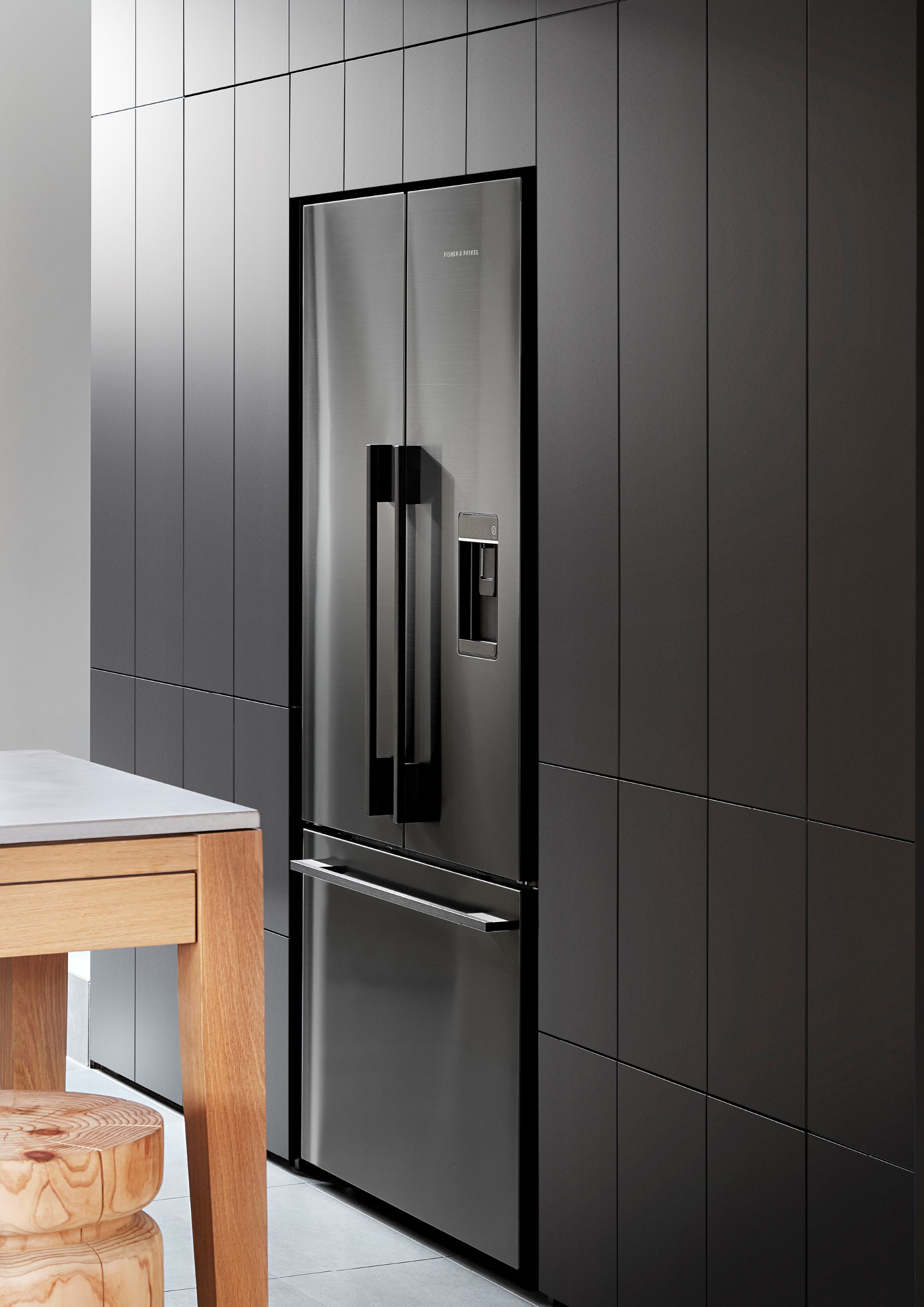
How do I adjust the temperature of my fridge?
Many modern fridges, such as the Bosch Serie 4 Freestanding 65/35 American Fridge Freezer, have a digital display or touch screen that allows the owner to simply press up and down buttons to change the temperature.
If your fridge has a dial thermostat, turn it to a lower or higher number to change the temperature.
Some fridges have a sliding gauge thermostat, where you can push the slider to the right to make the fridge cooler.
Best fridge-freezers
Is a fridge colder on 1 or 5?
Many fridges don't show the temperature but work on a 1 to 5 temperature setting. The higher the setting, the cooler the fridge will be, so for maximum chill choose setting 5.
Also, make sure fridge feet levels are even. If there is a tilt, the coolant in your fridge can pool in the pipes, making the pump work harder and making the refrigerator less efficient. You may not even realise it, but a tilted fridge could mean that your refrigerator is using more energy than it needs to.
Allow a gap for ventilation. Make sure that your refrigerator can breathe. Without proper ventilation, you can damage the fridge and cause it to consume more energy. You'll need at least a quarter-inch gap for ventilation on the sides of the refrigerator as well as one inch on the back and top.
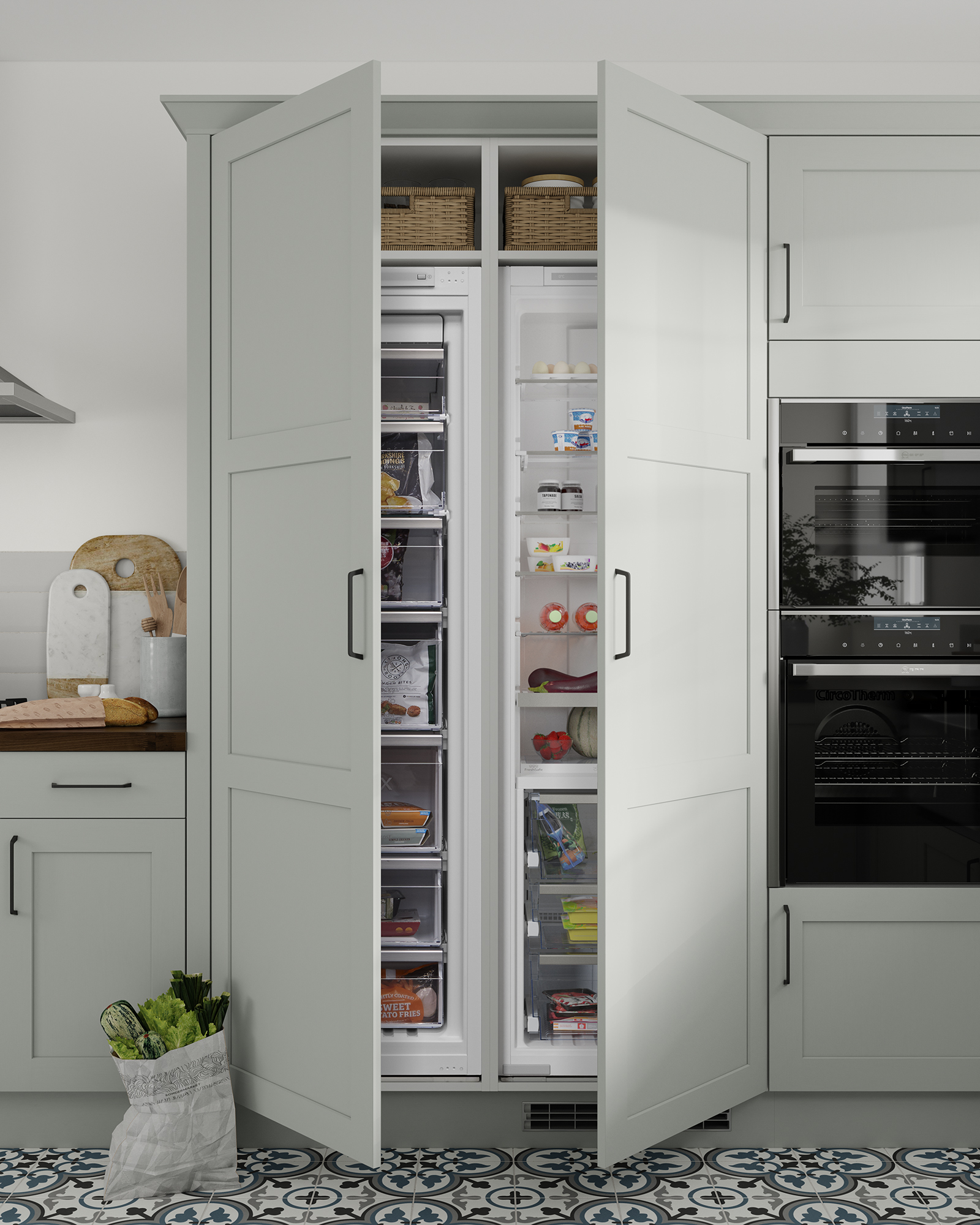
Regular maintenance to keep your appliances running smoothly
Keeping your fridge and freezer in top condition is key to maximising energy efficiency.
"Regular maintenance, like cleaning the coils and checking for dust buildup, ensures your appliances run efficiently," adds the Katie.
"Not only does this prolong the lifespan of your appliances, but it also helps prevent unnecessary energy waste, which can lead to significant savings." It’s a simple task that can help reduce energy bills year-round.
Jason Cook, owner of Silver Back Home Warranty, offers these five tips to ensure your fridge runs smoothly:
- Clean the Coils – Dusty coils make your fridge work harder. Vacuum or brush them off every 6 months.
- Check the Door Seals – A loose seal lets cold air escape. Test it by closing a dollar bill in the door; if it slides out easily, it’s time to replace the seal.
- Don’t Overload It: Avoid cramming your fridge too full to allow proper airflow, ensuring it cools efficiently.
- Wipe Up Spills ASAP: Clean spills right away to prevent odors and bacteria buildup on the shelves.
By following these easy maintenance tips, you can help keep your refrigerator running smoothly and efficiently.

Jason Cook is the owner of SilverBack Home Warranty, where he specialises in home appliance care and maintenance. His company provides services to help homeowners keep appliances, like refrigerators, in optimal condition.
By making these small, yet effective, changes to your fridge and freezer you can save money on your energy bills without compromising on food safety or convenience.
Start with temperature adjustments, add a little routine maintenance and ensure your appliances are in the best environment to run efficiently - it's an easy way to stay energy smart.
Get the Homebuilding & Renovating Newsletter
Bring your dream home to life with expert advice, how to guides and design inspiration. Sign up for our newsletter and get two free tickets to a Homebuilding & Renovating Show near you.

News Editor Joseph has previously written for Today’s Media and Chambers & Partners, focusing on news for conveyancers and industry professionals. Joseph has just started his own self build project, building his own home on his family’s farm with planning permission for a timber frame, three-bedroom house in a one-acre field. The foundation work has already begun and he hopes to have the home built in the next year. Prior to this he renovated his family's home as well as doing several DIY projects, including installing a shower, building sheds, and livestock fences and shelters for the farm’s animals. Outside of homebuilding, Joseph loves rugby and has written for Rugby World, the world’s largest rugby magazine.
